Look Into My EYES
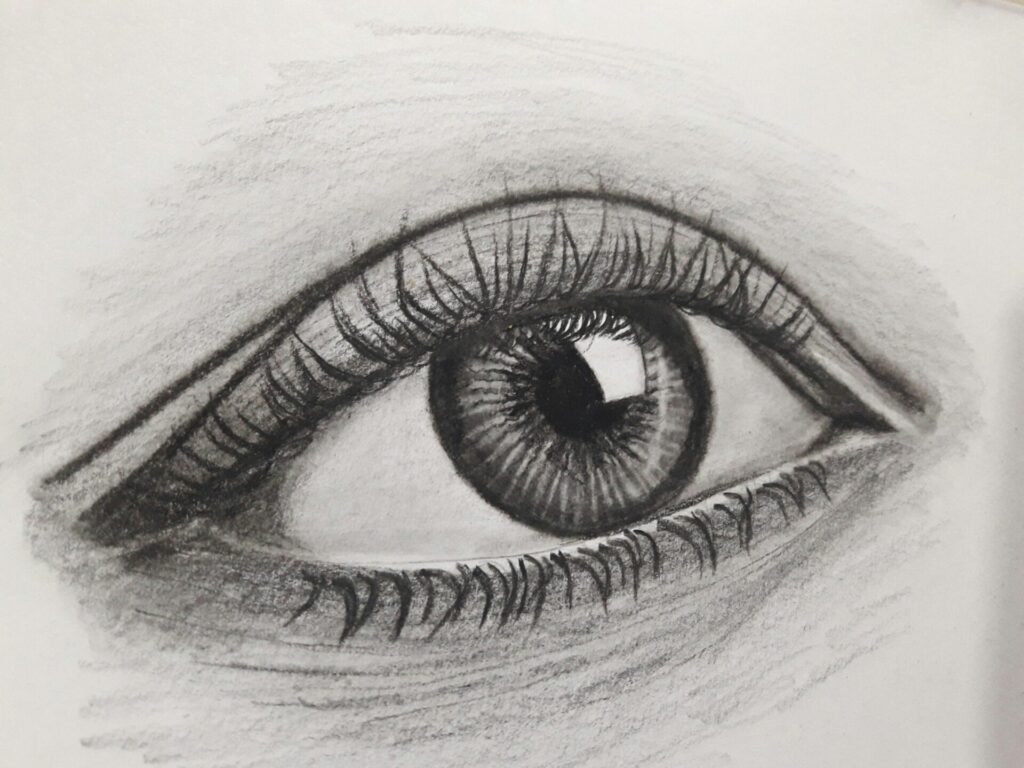
In portrait art, getting the eyes right is far more than just rendering pupils and eyelashes—it’s capturing the heart of human expression. The eyes serve as the emotional and structural anchor of any portrait, drawing viewers in and establishing connection. If rendered with care and accuracy, they can elevate a piece to timeless resonance. If handled poorly, they disrupt the illusion of life. Whether you’re working with graphite, oils, charcoal, or digital mediums, the eyes demand your full attention.
This post dives into the anatomical and expressive complexity of the eyes, explains why they are essential to portrait success, and gives practical tools to improve your eye-drawing precision and confidence.
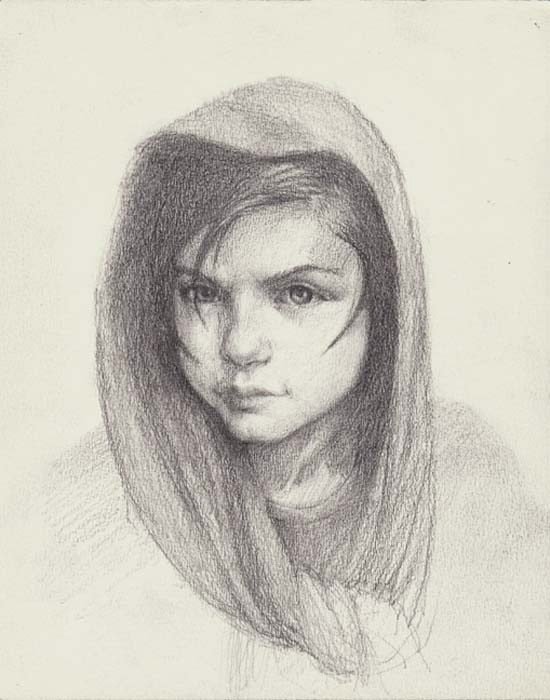
credit: WCLEE
Why Eyes Are the Focal Point of a Portrait
The eyes are naturally the first thing a viewer notices in a face. They house subtle cues like emotion, age, energy, and direction. They set the tone of the portrait and command attention more than any other facial feature. Even in stylized or abstract work, we instinctively look for the eyes first.
From an artistic standpoint, the eyes:
- Anchor facial proportions and symmetry
- Establish emotion and psychological depth
- Guide the viewer’s line of sight
- Create rhythm and balance in composition
- Reflect light with compelling highlights and structure
When executed with care, the eyes give credibility to your likeness and bring soul into your subject.
Understanding Eye Anatomy for Artists
To improve your portraits, a clear understanding of eye structure is essential. Too often, beginners draw a generic almond shape with a dot in the center. In reality, the eye is a complex, three-dimensional form embedded deep within the eye socket.
Sketchbooks.org | VISUAL RESEARCH HUB
Drawing the Eyes Right
Visual research is critical for any creative endeavor. We have compiled specialized links to lead you directly to images, videos, and inspiration for "Drawing the Eyes Right" across the web's best visual search platforms.
Key structural elements include:
- Eyeball (globe): A sphere that remains mostly hidden
- Eyelids: Curved forms that wrap over the sphere, changing with perspective
- Iris and pupil: Center of attention; always circular, even when foreshortened
- Sclera: The white of the eye, rarely pure white in value
- Tear duct and waterline: Often overlooked but critical for realism
- Upper and lower lashes: Vary in angle and volume depending on light and perspective
Recognizing these components helps you build believable eyes that feel organic and grounded in form.
Common Mistakes Artists Make When Drawing Eyes
While the eyes are universally familiar, they’re also surprisingly easy to mishandle. Some of the most common mistakes include:
- Symmetry errors: Drawing both eyes with mismatched tilt or spacing
- Flat rendering: Ignoring the roundness of the eye or treating it like a sticker on a face
- Incorrect eyelid wrapping: Failing to align the lids to the curvature of the globe
- Unrealistic lighting: Overusing or misplacing highlights, especially in both eyes identically
- “Sticker eyes”: Eyes that appear pasted on instead of embedded within the skull
Catching these habits early makes all the difference in elevating your portraits from amateur to intentional.
Techniques for Getting the Eyes Right
Mastery begins with observation and practice. To get better at drawing expressive, accurate eyes, integrate the following into your workflow:
- Use guidelines to establish alignment and spacing: Start with a horizontal eye line and vertical center axis
- Measure eye width in relation to the head: A classic proportion is that five eye-widths span across the average head
- Pay attention to asymmetry: Nobody’s face is perfectly symmetrical; embrace subtle differences
- Study how eyes change with expression: Squinting, smiling, or frowning dramatically alters the lids and angles
- Use shadow shapes to model volume: Light falls over the brow ridge, sockets, and lashes to create depth
- Zoom in on reference photos: Observe tear ducts, catchlights, and the soft transition of tones across the sclera
Drawing from life or high-quality reference sharpens your visual instincts.
Adding Emotion Through Eye Expression
Capturing likeness is one level; evoking emotion is another. The eyes are pivotal for both.
Consider these expressive cues:
- Intensity: Wide-open eyes can suggest fear, surprise, or wonder
- Softness: Lowered lids and relaxed brows convey tenderness or fatigue
- Tension: Furrowed brows compress the upper eyelid and change shadow patterns
- Direction: Gaze shifts subtly influence the viewer’s perception of mood and engagement
Study how actors, master portrait artists, and even animation studios use these micro-expressions to bring characters to life.

Sketchbooks.org | TRADITIONAL MATERIALS
Fixatives For Paper and Mixed Media | Protect Your Paper Drawings
Sketchbooks are sacred spaces for artists—repositories of raw ideas, emotional expression, and technical exploration. Whether you're working in graphite, charcoal, ink, watercolor, pastel, or mixed media, preserving your pages is essential. This guide dives deep...
Frequently Asked Questions
How do I stop my eyes from looking flat in a portrait?
Focus on light logic, spherical form, and correct lid overlap to build depth.
What’s the proper spacing between the eyes?
Usually one eye-width fits between the two eyes, but adjust based on the subject.
Should both eyes be drawn at the same time or separately?
Block both in early to check alignment and symmetry, then develop detail together.
How do I make my eyes look more expressive?
Observe real emotion, study eye tension and eyebrow interactions, and adjust the shape subtly.
Is drawing one eye easier than both?
Yes, but drawing just one in isolation ignores how they relate; always study them as a pair.
Can I use tracing to learn how to draw eyes?
Tracing can build familiarity, but observational drawing is critical for developing accuracy.
What tools are best for capturing eye detail?
Use sharp pencils, fine-tipped pens, or digital brushes with pressure sensitivity for subtle textures.
How do I know when I’ve “gotten the eyes right”?
Step back—if the eyes feel alive, connected, and proportional, you’re close.
Final Thoughts
Getting the eyes right is more than technical accuracy—it’s about understanding the role eyes play in communication, design, and human connection. When the eyes in your portrait resonate with clarity and authenticity, the rest of the piece follows suit. Invest time in observing, studying, and practicing them with care.
With every sketch, you’re not just drawing an eye—you’re learning to see like an artist. And once you grasp the language of light, emotion, and form, you’ll never look at a portrait the same way again.
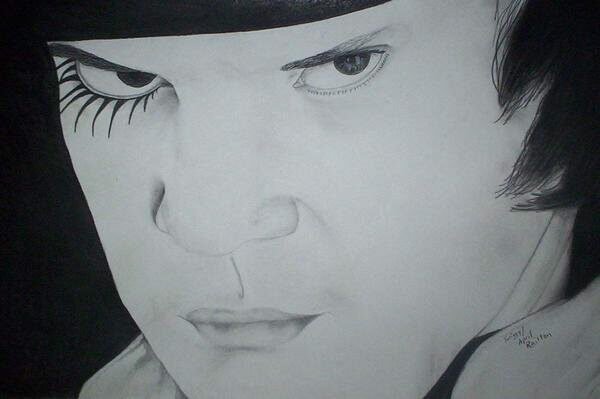
credit: TWIGGY
Ready to Share Your Work?
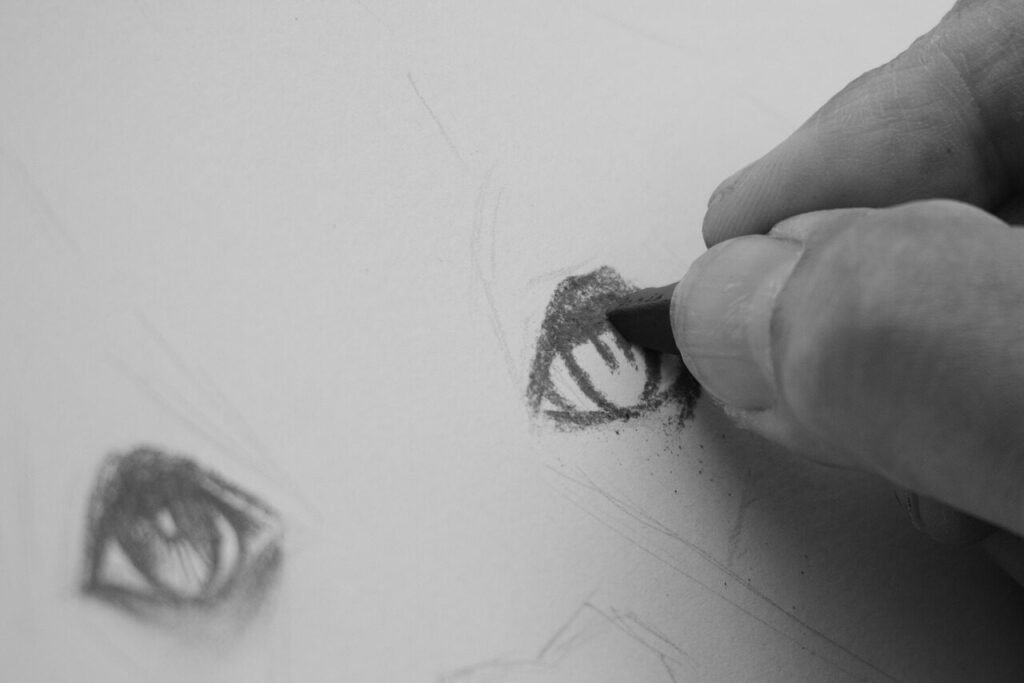

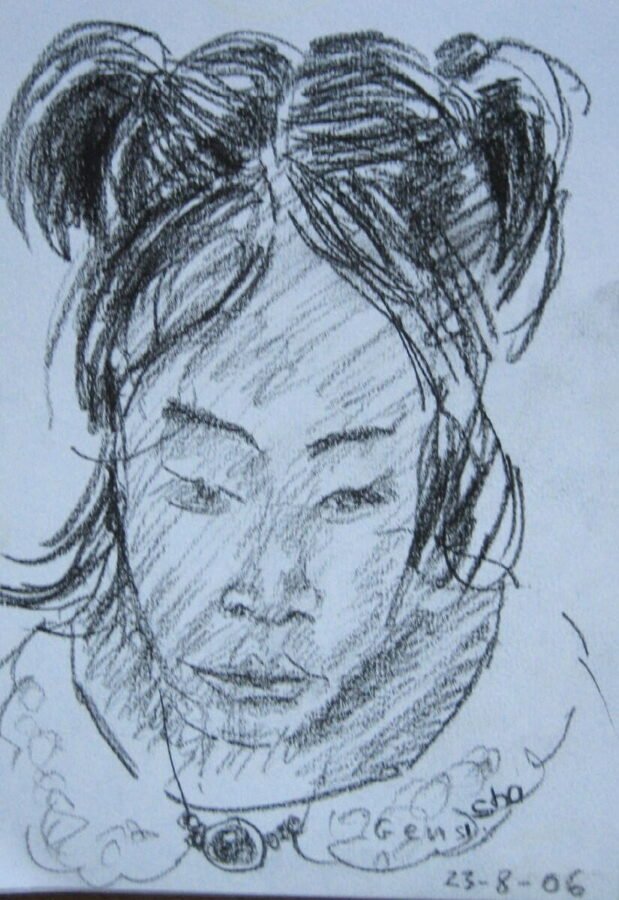
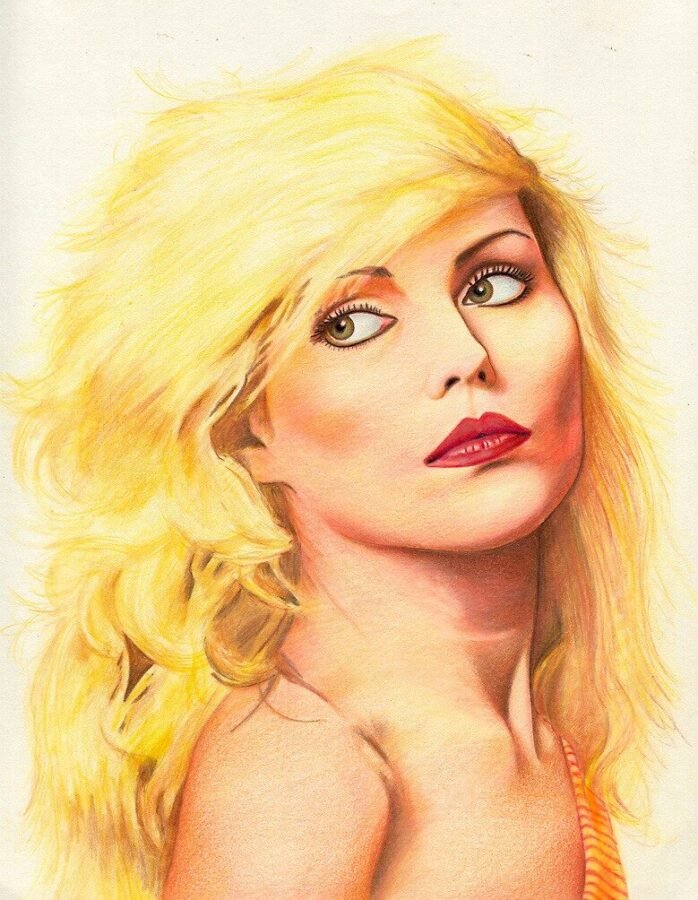
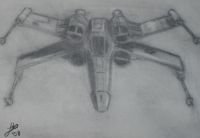

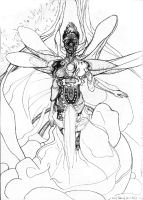

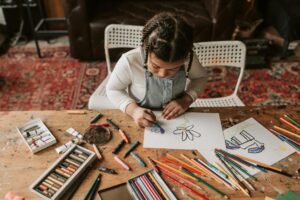
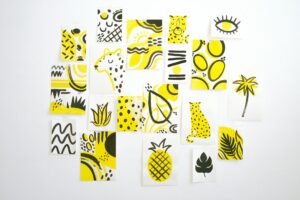
Now I can’t unsee awkwardly painted eyes in older work. Time to revise!
The eyes have it